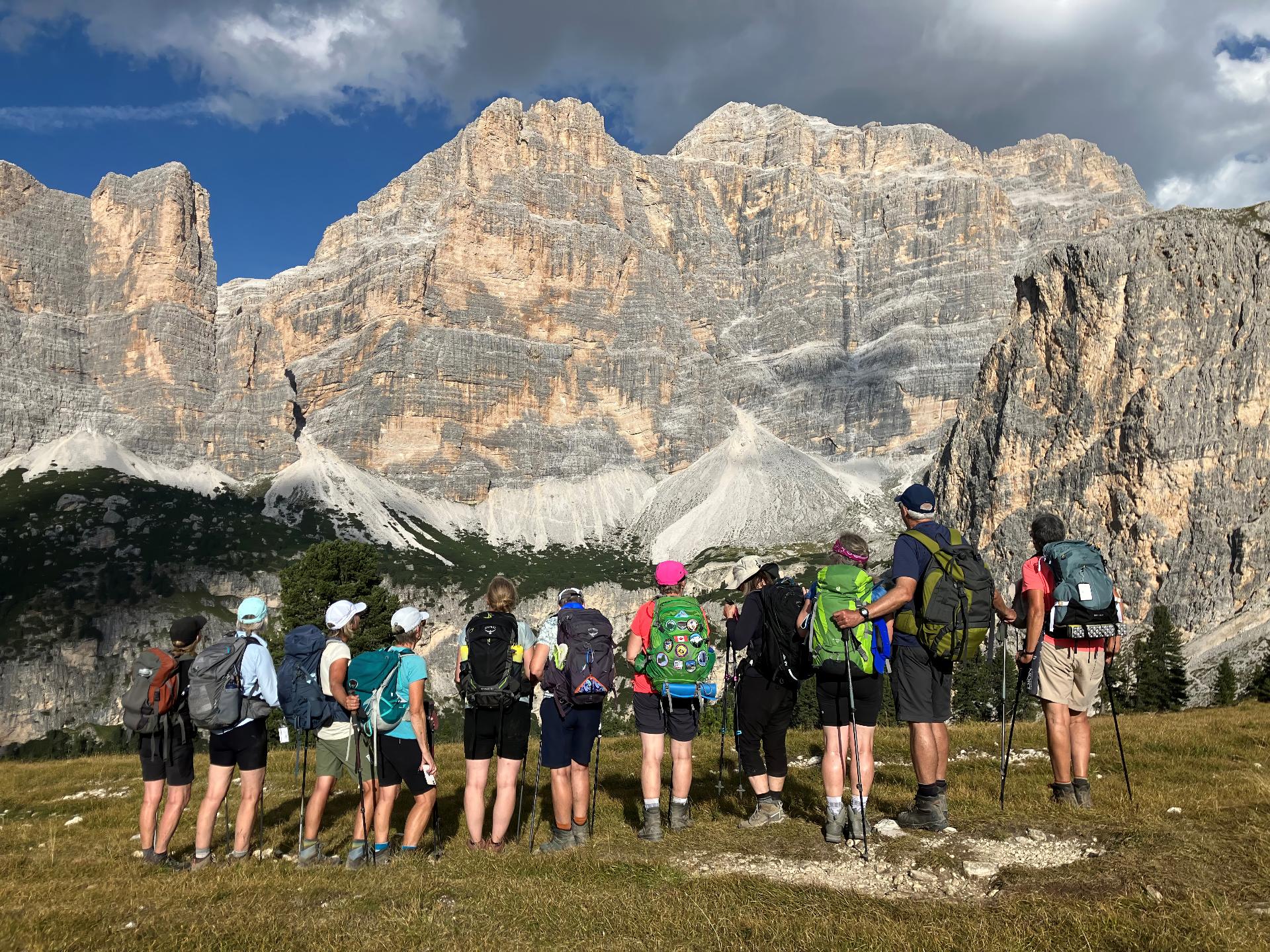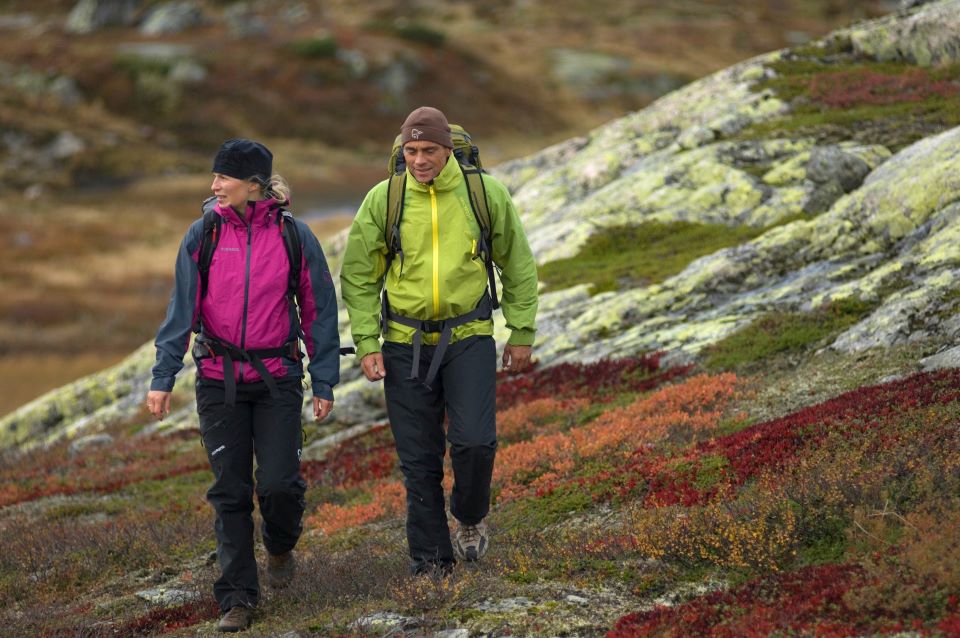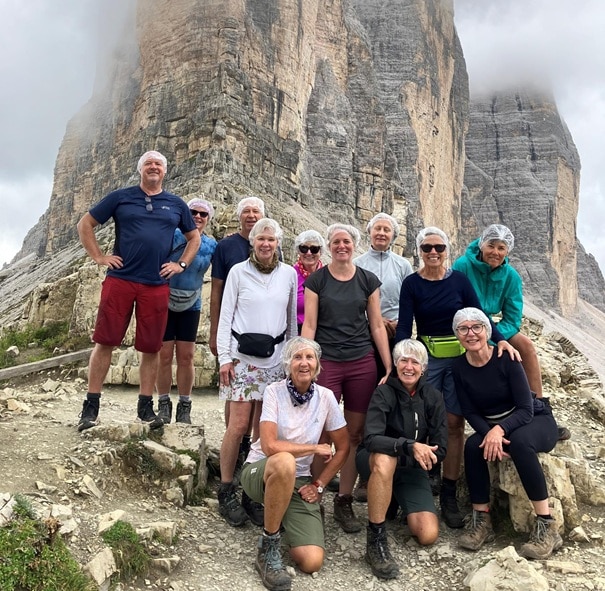Fitness & Equipment
Most people complete our treks comfortably and enjoyably. Most are spread over 7-8 full days of walking with a rest-day in the middle.

Those that don’t complete our treks are normally not fit enough or have badly blistered feet. It happens to very few of our clients – very few people drop out. If you come prepared you will have a good trek.
You will want to enjoy the entire trek and not feel constantly pushed to your physical limits: it is better to suffer a bit whilst training rather than suffer whilst on your holiday. The trek pace should feel like low intensity exercise and you should be able to walk and talk when ascending.
If you take regular walking weekends and are happy covering 16-22km (10-14 miles) each day, with a number of ascents and descents, you will comfortably finish our treks. If you have a sedentary lifestyle and go on short walks once a month you will need to get much fitter in advance. During a typical day on our treks you should expect to walk for between 6 and 8 hours on challenging treks and 5 to 6 hours on intermediate treks. Most of the ascents and descents are not steep, but on some days on the challenging trips you will climb and descend up to 1000m.

Sore feet and blisters can ruin your trek. It is essential that your boots are worn in before you arrive: new boots are likely to cause problems. In addition, your feet need to be slightly ‘hardened’ to avoid blisters and hot-spots. A few, reasonably long, weekend walks before the trek will make a big difference. If you want to be sure that you will have no problems, tape your feet from the first day of the trek.
You should hope to trek in T-shirts and shorts. However, as with all hikes in hill and mountain ranges, there can be changes in temperature and the weather. Higher altitudes (particularly in the Alps and Dolomites) mean cooler temperatures and it can get windy at the mountain passes, so come prepared. It is not uncommon to get a dusting of snow on the higher passes of the TMB, even in August.
You need to be really fit to do the TMB and able to do tough hikes over multiple days. Anyone under 18 should be accompanied by an adult.
